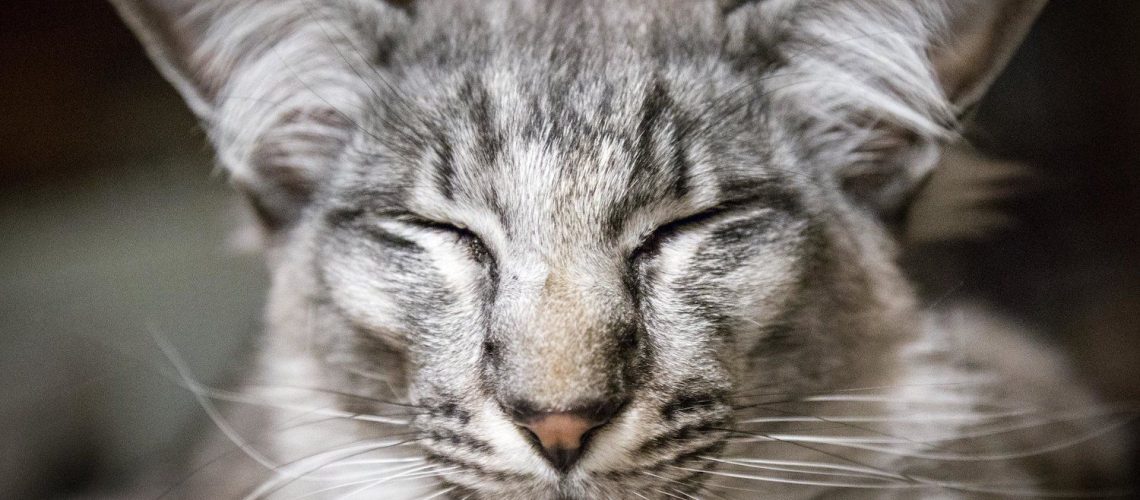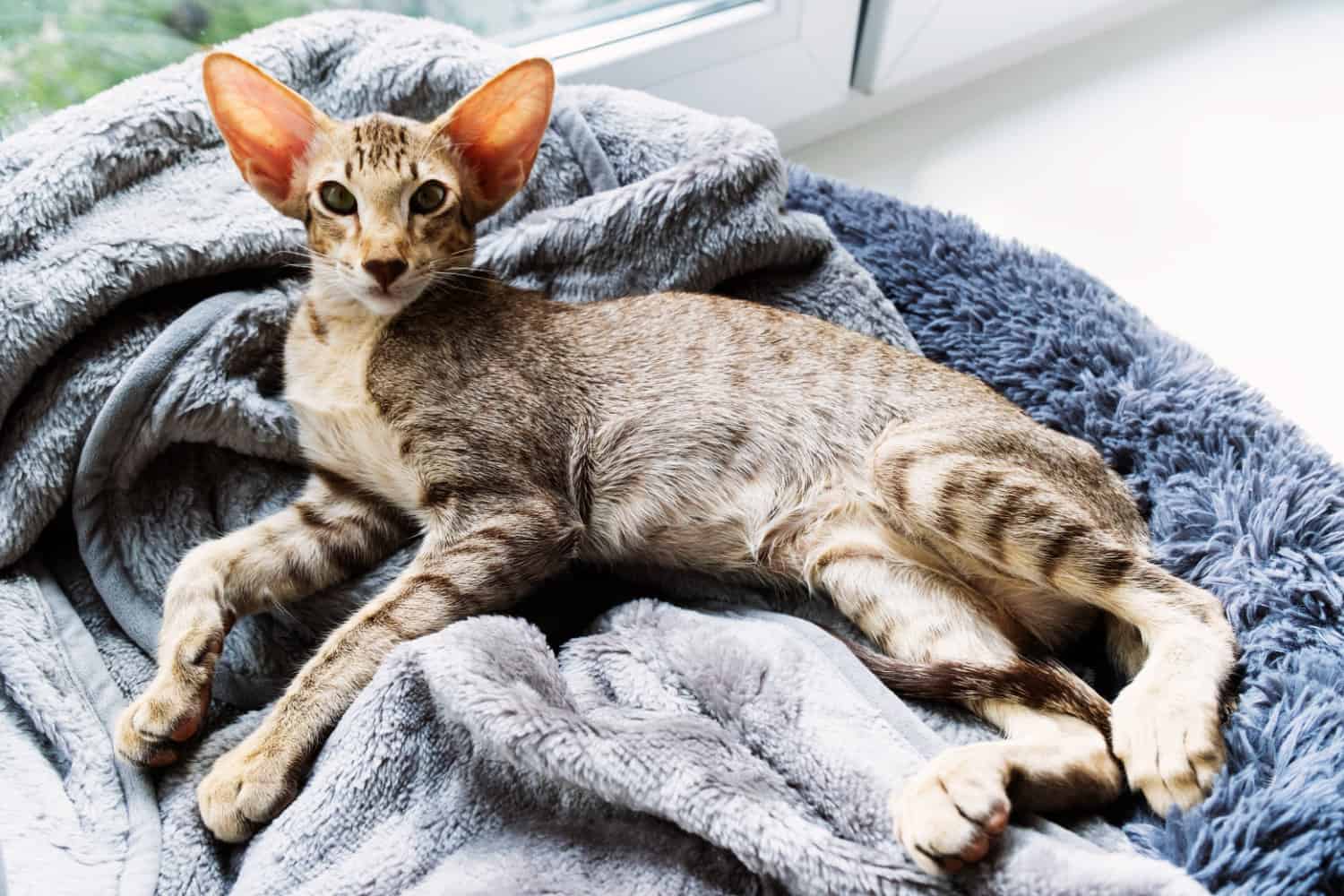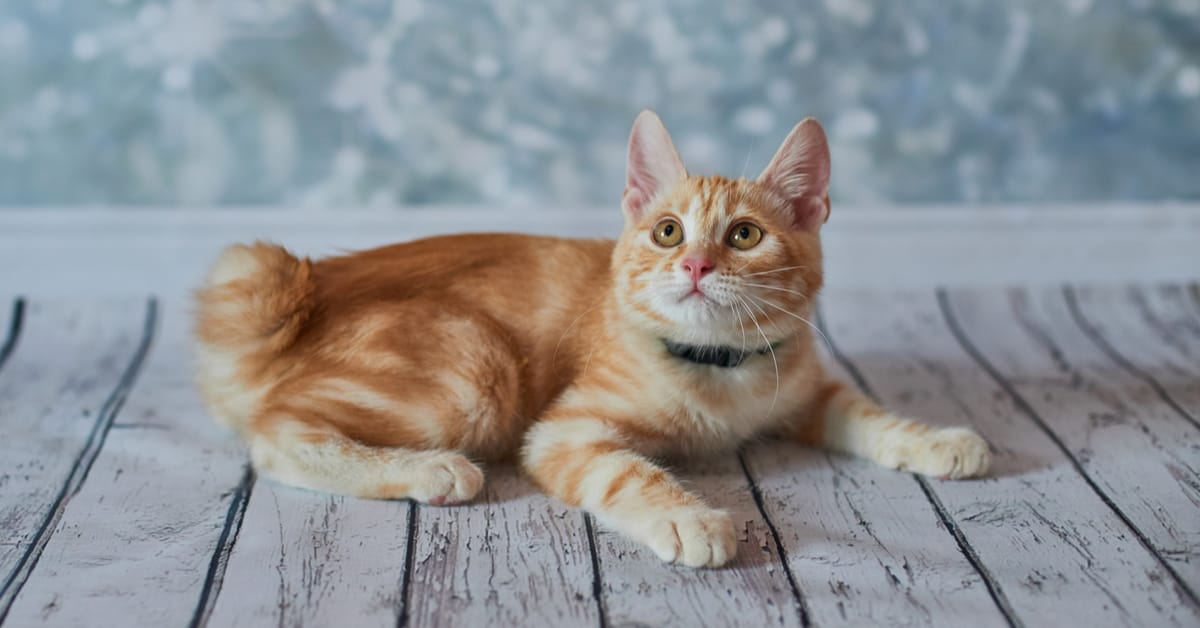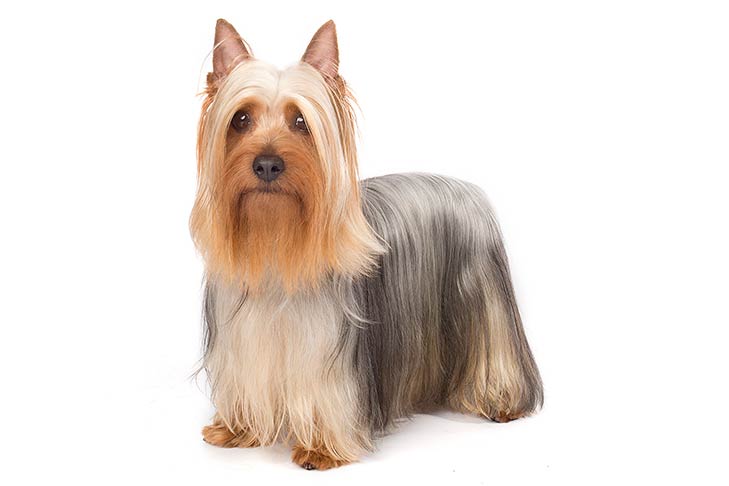Are you a cat lover? Do you find yourself irresistibly drawn to the mysterious allure of long-haired feline beauties? If so, get ready to embark on an enchanting journey into the world of Oriental Longhair cats. This captivating breed has been captivating hearts for centuries with its elegant appearance and charming personality. So, let's dive into the Oriental Longhair Odyssey and discover everything you need to know about these fascinating feline companions.
Key Takeaways:
- Oriental Longhairs are a unique and rare breed known for their long, silky coats and elegant appearance.
- They are highly intelligent and active cats that require mental stimulation and plenty of playtime.
- Oriental Longhairs are social creatures that enjoy being around people and other pets, making them great companions.
- Regular grooming is essential to maintain the beauty of their coat, including brushing to prevent matting and occasional bathing.
- Providing a balanced diet, regular veterinary check-ups, and a safe environment will ensure the well-being of an Oriental Longhair.
What is an Oriental Longhair cat and what makes it unique?
The Oriental Longhair cat is a breed known for its elegant appearance and unique personality. It is a close relative of the Siamese cat, but with longer fur. The breed originated in England in the 20th century through selective breeding.
What sets the Oriental Longhair cat apart from other breeds is its strikingly beautiful coat. It can come in a variety of colors and patterns, including solid, tabby, tortoiseshell, and more. The long, silky fur adds to its allure and requires regular grooming to keep it looking its best.
The origin of the Oriental Longhair cat breed
The Oriental Longhair cat breed was created through careful breeding programs that aimed to combine the elegance of the Siamese cat with longer fur. Breeders started crossing Siamese cats with other long-haired breeds like Balinese and Russian Blues to achieve this desired result.
It wasn't until the mid-20th century that the Oriental Longhair breed began to gain recognition and popularity. Today, they are recognized by various cat associations worldwide as a distinct breed with their own set of standards.
Appearance traits of an Oriental Longhair cat
An Oriental Longhair cat has a slender and graceful body shape similar to that of a Siamese cat. They have almond-shaped eyes that are usually blue or green, although some cats may have different eye colors depending on their coat color.
Their most distinctive feature is their long, flowing coat that comes in various colors and patterns. This luxurious fur requires regular grooming to prevent matting and keep it looking sleek.
Some common appearance traits of an Oriental Longhair cat include:
- Slender and graceful body
- Almond-shaped eyes
- Long, flowing coat in various colors and patterns
Caring for a healthy and happy Oriental Longhair cat
To ensure the health and happiness of an Oriental Longhair cat, it is important to provide them with proper care and attention. They are active and intelligent cats that thrive on mental and physical stimulation.
Feeding them a balanced diet suited to their age and activity level is crucial. Regular veterinary check-ups, vaccinations, and preventive care are also essential to keep them in optimal health.
Oriental Longhair cats are known for their social nature, so providing them with plenty of interactive toys, scratching posts, and climbing structures will help keep them entertained. They also enjoy human companionship and may become lonely if left alone for long periods.
Tips for caring for an Oriental Longhair cat:
- Provide a balanced diet tailored to their needs
- Schedule regular veterinary check-ups
- Offer plenty of interactive toys and mental stimulation
- Ensure they have opportunities for social interaction with humans or other pets
Grooming needs for an Oriental Longhair cat and how often to groom
The long, silky fur of an Oriental Longhair cat requires regular grooming to prevent matting and keep it looking its best. It is recommended to brush their coat at least twice a week using a soft-bristle brush or comb.
In addition to regular brushing, it is important to check their ears regularly for any signs of infection or excessive wax buildup. Trimming their nails every few weeks can help prevent them from becoming too long and causing discomfort.
Bathing an Oriental Longhair cat should only be done when necessary, as their coat does not tend to get dirty easily. However, if a bath is needed, it is important to use a cat-specific shampoo and ensure they are thoroughly dried afterward to prevent chilling.
Tips for grooming an Oriental Longhair cat:
- Brush their coat at least twice a week
- Check their ears regularly for signs of infection
- Trim their nails every few weeks
- Only bathe when necessary using cat-specific shampoo
The personality of an Oriental Longhair cat and creating a suitable environment
Oriental Longhair cats are known for their playful, curious, and affectionate nature. They enjoy being the center of attention and will often seek out interaction with their human companions.
Creating a suitable environment for an Oriental Longhair cat involves providing them with plenty of mental and physical stimulation. Interactive toys, scratching posts, and climbing structures can help satisfy their need for activity.
They also appreciate having cozy spots to curl up in or high perches where they can observe their surroundings. Providing them with these opportunities will help keep them happy and content.
Tips for creating a suitable environment for an Oriental Longhair cat:
- Provide interactive toys and playtime
- Offer scratching posts and climbing structures
- Create cozy spots or high perches for them to relax or observe from
Tips for introducing an Oriental Longhair cat to other pets or family members
When introducing an Oriental Longhair cat to other pets or family members, it is important to do so gradually and in a controlled manner. This helps prevent stress and allows everyone involved to adjust to the new dynamics.
Start by providing separate spaces for the new cat and existing pets, allowing them to get used to each other's scents without direct contact. Slowly introduce supervised interactions, rewarding positive behavior with treats or praise.
When introducing an Oriental Longhair cat to new family members, give them time and space to adjust. Encourage gentle interactions and provide positive reinforcement for good behavior.
Tips for introducing an Oriental Longhair cat to other pets or family members:
- Gradually introduce them to other pets or family members
- Provide separate spaces initially
- Supervise interactions and reward positive behavior
- Give them time and space to adjust
The origin of the Oriental Longhair cat breed
The Oriental Longhair cat breed is believed to have originated in England during the 20th century. It was developed by crossing Siamese cats with other longhaired breeds such as the Balinese and the Persian. This crossbreeding resulted in a cat with a sleek body, long and silky fur, and striking almond-shaped eyes. The breed was officially recognized in the 1970s and has since gained popularity for its unique appearance and charming personality.
Early Breeding Programs
In the early days of breeding Oriental Longhair cats, breeders focused on creating a cat that combined the elegance of the Siamese with the luxurious coat of longhaired breeds. They aimed to maintain the distinctive body shape and facial features of the Siamese while introducing longer fur. Through careful selection and breeding, they were able to establish a consistent look for this new breed.
Distinctive Features
The Oriental Longhair is known for its slender body, fine bones, and graceful movements. Its head is wedge-shaped with large ears set high on the sides, giving it an alert expression. The eyes are typically green or blue-green, adding to their striking appearance. The most notable feature of this breed is its long, flowing coat that comes in various colors and patterns, including solid colors like black or white, as well as tabby or tortoiseshell patterns.
Overall, the Oriental Longhair cat breed combines elegance with beauty, making it a sought-after companion for many cat lovers.
Appearance traits of an Oriental Longhair cat
The Oriental Longhair cat is known for its stunning appearance and unique physical traits. With their sleek bodies and long flowing coats, these cats are truly eye-catching.
Slim Body Structure
One distinguishing feature of the Oriental Longhair is its slim and muscular body. They have a long, tubular shape with a graceful posture. Their legs are slender and end with small, oval-shaped paws. This body structure allows them to move with agility and grace.
Long and Silky Coat
The most striking feature of the Oriental Longhair is its long and silky coat. The fur is fine-textured and flows down their body, giving them an elegant appearance. It requires regular grooming to prevent matting and keep it looking its best.
A Variety of Colors
Oriental Longhair cats come in a wide range of colors and patterns. From solid colors like black, white, or blue to tabby patterns or tortoiseshell combinations, there is a color for every preference. Their eyes are typically almond-shaped and can be green or blue-green.
In conclusion, the Oriental Longhair cat's appearance is characterized by its slim body structure, long flowing coat, and variety of colors, making it a visually stunning breed.

Caring for a healthy and happy Oriental Longhair cat
When it comes to caring for your Oriental Longhair cat, there are a few key factors to keep in mind. First and foremost, providing a balanced and nutritious diet is essential for their overall health. As an owner, I recommend feeding them high-quality cat food that is specifically formulated for longhaired breeds. This will help maintain their coat's luster and prevent any potential digestive issues.
In addition to a proper diet, regular exercise is crucial for keeping your Oriental Longhair cat happy and healthy. These cats are known for being active and playful, so it's important to provide them with plenty of toys and opportunities for physical activity. Interactive toys such as feather wands or laser pointers can be great options to engage their natural hunting instincts.
Grooming needs
The long and silky coat of an Oriental Longhair requires regular grooming to keep it in top condition. I recommend brushing their fur at least two to three times a week using a soft-bristle brush or comb. This will help prevent matting and remove any loose hair, reducing the chances of hairballs.
It's also important to pay attention to their dental hygiene. Regular teeth brushing with a feline toothbrush and toothpaste specially designed for cats can help prevent dental issues such as tartar buildup or gum disease.
Tips for grooming:
- Start grooming sessions from an early age to get your Oriental Longhair used to the process.
- Be gentle when brushing their fur, especially around sensitive areas like the belly or tail.
- If you encounter any mats or tangles, use a detangling spray or seek professional help if necessary.
The personality of an Oriental Longhair cat and creating a suitable environment
Oriental Longhair cats are known for their affectionate and social nature. They thrive on human companionship and enjoy being involved in their owner's daily activities. To create a suitable environment for your Oriental Longhair, it's important to provide them with plenty of mental stimulation and opportunities for interaction.
These cats love to climb and explore, so providing them with tall scratching posts or cat trees can help satisfy their natural instincts. Additionally, interactive toys such as puzzle feeders or treat-dispensing toys can keep them mentally stimulated while you're away.
Creating a stimulating environment:
- Set up different levels in your home where your Oriental Longhair can climb and perch.
- Rotate their toys regularly to keep them engaged and prevent boredom.
- Create cozy hiding spots using blankets or cat beds where they can retreat when they need some alone time.
Tips for introducing an Oriental Longhair cat to other pets or family members
Introducing a new pet or family member to your Oriental Longhair requires patience and careful planning. These cats can be sensitive to changes in their environment, so it's important to take things slow and allow them time to adjust.
I recommend starting the introduction process by keeping the new pet or family member in a separate room with a closed door. This will allow both parties to become familiar with each other's scents without direct contact. Gradually, you can start swapping bedding or using pheromone diffusers to help create a positive association.
Tips for successful introductions:
- Provide each pet with their own space, including separate food bowls, litter boxes, and resting areas.
- Use positive reinforcement techniques such as treats or praise to reward calm and friendly behavior during interactions.
- Supervise initial face-to-face meetings between your Oriental Longhair and the new pet or family member to ensure safety for everyone involved.
Introducing an Oriental Longhair cat to other pets
1. Gradual Introduction
When introducing your Oriental Longhair cat to other pets, it is important to take a gradual approach. Start by keeping them in separate rooms and allowing them to become familiar with each other's scents. This can be done by swapping bedding or using a towel to rub each pet and then placing it near the other pet's sleeping area. Slowly increase their exposure to each other by allowing supervised visits in neutral territory, such as a room they are both unfamiliar with.
2. Controlled Interactions
Once your Oriental Longhair cat and the other pet have become accustomed to each other's scents, you can begin controlled interactions. Keep both pets on leashes or in carriers initially, allowing them to observe and interact without direct physical contact. Reward positive behavior with treats or praise. Gradually increase the duration of these interactions while closely monitoring their reactions. If any signs of aggression or stress occur, separate them immediately and try again later.
Tips for Introducing an Oriental Longhair cat to Dogs:
- Ensure that your dog is well-trained and responsive to commands before introducing them to your Oriental Longhair cat.
- Use positive reinforcement techniques when training your dog, rewarding calm behavior around the cat.
- Provide separate spaces for each pet where they can retreat if needed.
- Avoid leaving them alone together until you are confident in their ability to coexist peacefully.
Tips for Introducing an Oriental Longhair cat to Other Cats:
- Consider using pheromone diffusers or sprays designed to reduce stress in cats during the introduction process.
- Provide multiple litter boxes, food bowls, and resting areas throughout the house to avoid competition.
- Monitor their interactions closely for any signs of aggression or territorial behavior.
- Gradually increase their time together, starting with short supervised sessions and gradually extending the duration.
Remember, each pet is unique, and the introduction process may take time. Patience and consistency are key to ensuring a harmonious relationship between your Oriental Longhair cat and other pets.
Introducing an Oriental Longhair cat to family members
1. Create a Safe Space
When introducing your Oriental Longhair cat to family members, it is important to provide them with a safe space where they can retreat if they feel overwhelmed or anxious. This could be a designated room or area in the house where the cat has access to food, water, litter box, and comfortable hiding spots. Encourage family members to respect the cat's need for personal space and avoid forcing interactions.
2. Gentle Approach
Encourage family members to approach the Oriental Longhair cat calmly and gently. Sudden movements or loud noises can startle them. Teach children how to properly interact with cats by showing them how to pet gently and avoid pulling on their tails or ears. Supervise all interactions between young children and the cat to ensure both parties are comfortable.
Tips for Introducing an Oriental Longhair cat to Children:
- Educate children about proper handling of cats, emphasizing gentle touch and respect for personal space.
- Teach children how to interpret feline body language indicating fear or discomfort.
- Encourage supervised play sessions using interactive toys that keep both the child and the cat engaged without direct physical contact.
- Remind children that cats need quiet time too, and it's important not to disturb them when they are resting or eating.
By following these tips, you can help create a positive environment for introducing your Oriental Longhair cat to other pets or family members. Remember that every individual has different needs, so observe their reactions closely and make adjustments accordingly.
In conclusion, the Oriental Longhair is a unique and beautiful cat breed that requires proper care and attention. By following the tips provided, you can ensure a happy and healthy life for your Oriental Longhair companion.
Are Oriental cats high maintenance?
The Oriental Shorthair cat is known for its need for attention. It has a personality similar to that of a dog and enjoys being a part of its owner's daily activities. If the Oriental Shorthair is ignored or left alone for extended periods of time, it is likely to become sad or depressed.
What is the personality of an Oriental longhair cat?
The Oriental Longhair breed is known for being energetic and inquisitive, making them enjoy playing games, particularly with their fellow household members. While they often favor the company of people, they also appreciate the companionship of other cats and well-behaved dogs.
How do you take care of an Oriental cat?
To maintain the health and hygiene of Oriental Shorthair Cats, it is recommended to brush their teeth once a week to prevent plaque buildup. Their eyes should be cleaned using a soft, damp cloth, making sure to wipe away from the eye and using separate cloth for each eye. It is important to keep their litter box clean and fresh.
Do Oriental longhair cats shed?
Grooming is an important aspect of caring for an Oriental Longhair cat. Despite having a moderately long coat, this breed does not shed much and is not prone to developing mats or tangles. It is usually enough to brush their coat once a week to remove any loose hair and maintain their appearance. Additionally, dental hygiene is also a crucial part of their grooming routine.
How long can Oriental cats be left alone?
Oriental cats are social animals and thrive in a home where they receive plenty of love and attention. They are wonderful companions and it's hard to understand why anyone would want to leave them. However, if you need to be away, it is not advisable to leave your oriental cat alone for more than a couple of hours.
What problems do oriental cat breeds have?
Certain health problems to be cautious about with Oriental cats include progressive retinal atrophy (PRA), which is an inherited condition causing gradual vision loss leading to blindness.

















